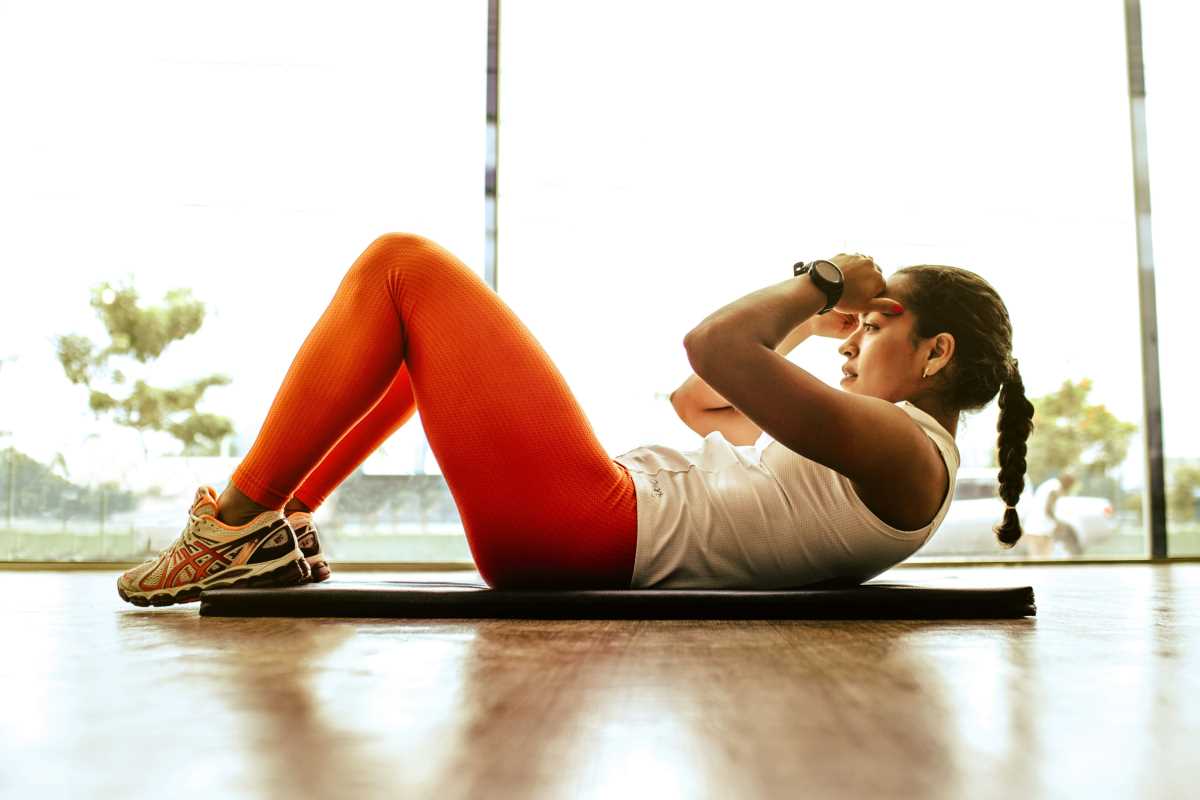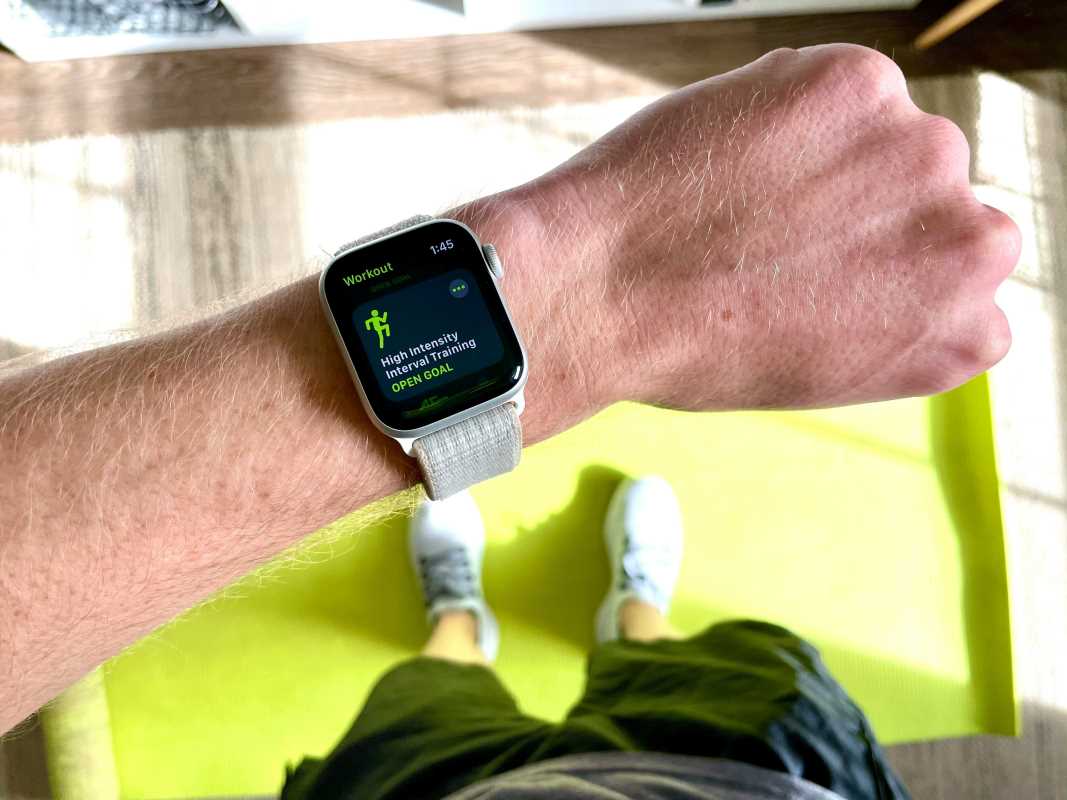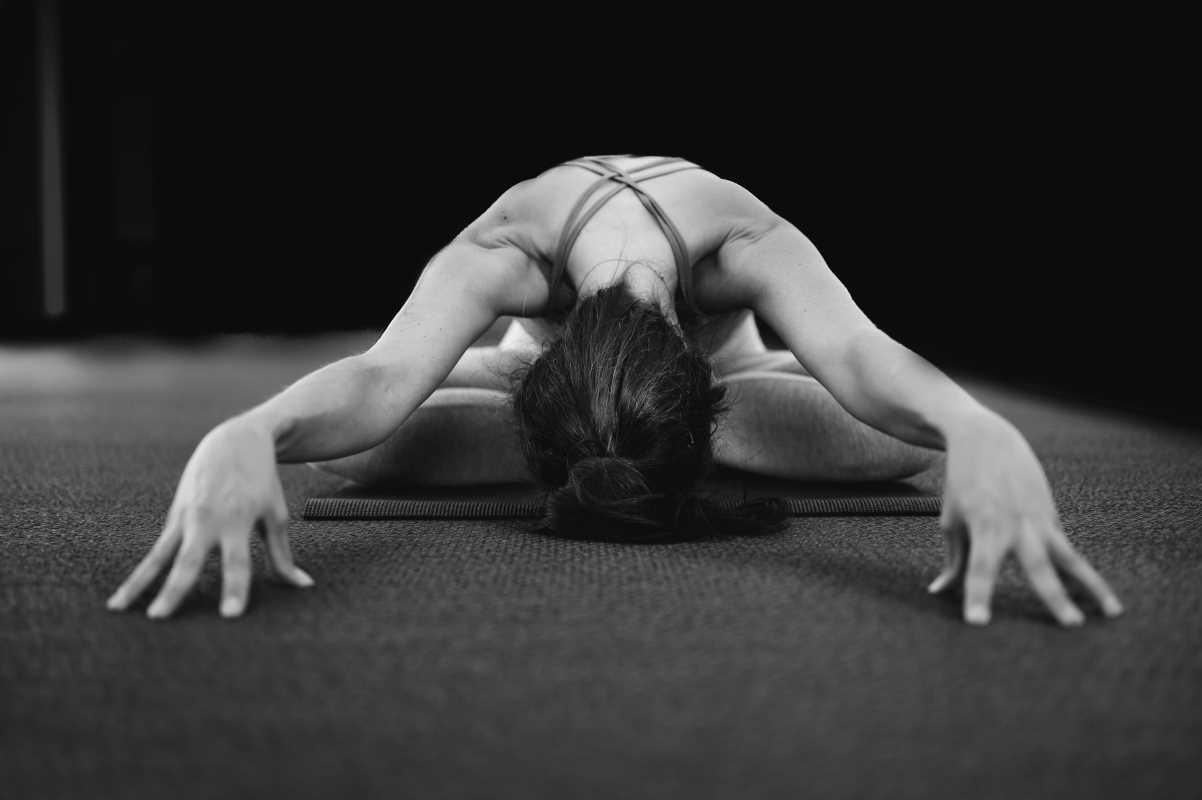Tai chi is often referred to as “meditation in motion,” and it’s no surprise why. This ancient Chinese practice blends gentle, flowing movements with focused breathing and mindfulness, offering incredible benefits for the body and mind. While tai chi originated as a martial art, it is now widely recognized for its ability to improve balance, reduce stress, and enhance overall well-being.
For beginners, tai chi can be a welcoming introduction to movement and mindfulness. Its low-impact nature makes it accessible for people of all ages and fitness levels. The key to tai chi is to move slowly and deliberately, allowing yourself to sink into the moment and focus on your alignment and rhythmic breathing.
To help you get started with this life-enhancing practice, here are five beginner-friendly tai chi movements that will ease you into the beauty of tai chi while building your confidence and coordination.
1. Commencing the Form
Commencing the form is often the first movement in tai chi routines. It sets the tone for your practice by encouraging calmness and focus, helping you transition into a mindful state. This movement is simple yet significant, as it warms up your body and synchronizes your breath with gentle motion.
How to Perform Commencing the Form
- Stand with your feet shoulder-width apart, arms relaxed at your sides, and knees slightly bent.
- Slowly shift your weight into both feet evenly as you take a deep breath in.
- Raise your arms in front of you, sweeping them upward to shoulder height with relaxed wrists and fingers.
- Exhale and gently lower your arms back to your sides, as though pressing down the air, while keeping your movements smooth and controlled.
Benefits
- Establishes a calm and centered mindset.
- Builds awareness of your balance and posture.
- Encourages synchronized breathing and movement.
Begin every tai chi session with this movement to ground yourself and prepare for the flow that follows.
2. Parting the Wild Horse’s Mane
Parting the wild horse’s mane is a classic tai chi movement that symbolizes spreading positive energy and letting go of tension. It’s particularly helpful for improving coordination, balance, and range of motion in the shoulders and arms.
How to Perform Parting the Wild Horse’s Mane
- Start with your feet in a comfortable stance, one foot slightly forward.
- Hold your hands loosely in front of your chest, like cradling a small ball, with one hand under the “ball” and the other on top.
- Step forward with your front foot and release the “ball.” Your bottom hand moves downward to your side while your upper hand extends gracefully forward to chest height, as if parting a curtain with the palm facing outward.
- Shift your weight slightly forward as you execute the movement.
- Repeat on the other side as you step forward with the other foot and switch the position of your hands.
Benefits
- Enhances flexibility and fluidity in your upper body.
- Improves coordination between your arms and legs.
- Promotes balance by integrating weight shifting.
Tips for Mastery
- Keep your movements slow and intentional, imagining energy flowing through your arms.
- Maintain relaxed shoulders to avoid strain.
- Coordinate your breathing with each step, inhaling as you prepare and exhaling as you part.
3. Waving Hands Like Clouds
Perhaps one of the most visually graceful tai chi movements, waving hands like clouds is as calming as it looks. This movement focuses on lateral motion, gently engaging your core, arms, and legs while fostering a meditative flow.
How to Perform Waving Hands Like Clouds
- Begin with your feet slightly wider than shoulder-width apart and knees slightly bent.
- Hold your arms in front of your chest, palms facing inward, with one hand slightly higher than the other, as if cradling a ball.
- Shift your weight into one leg while turning your torso slightly in that direction.
- Simultaneously move your top hand in a gentle circular motion as if tracing a cloud, while your other hand moves upward to take its place.
- Shift to the opposite side, reversing the motion of your hands, and continue this fluid side-to-side flow.
Benefits
- Promotes relaxation and stress relief.
- Encourages controlled, rhythmic breathing.
- Strengthens your core and improves balance through weight shifting.
4. Golden Rooster Stands on One Leg
Golden rooster stands on one leg is a balance-focused movement that encourages stability and strengthens your lower body. While this move may feel challenging at first, it’s an excellent way to build concentration, coordination, and self-awareness.
How to Perform Golden Rooster Stands on One Leg
- Start in a neutral stance with your feet hip-width apart and arms at your sides.
- Raise one foot off the ground, bending your knee so your thigh is parallel to the floor.
- Simultaneously, lift your opposite hand in front of you at eye level, with your palm facing inward, and place your other hand by your hip.
- Pause, focusing on your balance and breathing.
- Slowly lower your foot and hand, returning to the start position, and repeat on the other side.
Benefits
- Strengthens leg muscles and improves joint stability.
- Enhances balance and proprioception.
- Sharpens mental focus and builds patience.
Tips for Success
- Keep your gaze focused on a fixed point to help maintain balance.
- Engage your core for additional stability.
- Start with small lifts if balancing on one leg feels difficult, and gradually work toward a full lift.
5. Grasping the Bird’s Tail
Grasping the bird’s tail is a foundational tai chi movement that combines arm coordination, balance shifts, and flowing transitions. It involves a series of steps, making it perfect for practicing tai chi sequences while honing your ability to remain grounded and fluid.
How to Perform Grasping the Bird’s Tail
- Stand with your feet shoulder-width apart, holding your hands as if cradling a ball in front of your torso.
- Step forward with one foot and extend your front hand outward, palm facing forward. Your back hand follows in a pulling motion by your side.
- Shift your weight backward and “pull” the energy toward your body with your front hand.
- Transition into a pushing motion with both hands.
- Repeat the movement on the other side by switching your forward foot.
Benefits
- Improves coordination between the upper and lower body.
- Strengthens the flow of movement, mimicking energy exchange.
- Builds balance and body awareness through controlled weight shifts.
Bullet Point Variations:
- Focus on slow, deliberate movements when learning the full sequence.
- Pair this movement with intentional breathing (inhale while pulling, exhale while pushing).
- Practice in front of a mirror to refine posture and alignment.
Tai Your Chi
Tai chi is a beautiful practice that helps beginners reconnect with their bodies and minds. These five beginner-friendly movements, from commencing the form to grasping the bird’s tail, offer a gentle yet effective way to improve balance, reduce stress, and build strength gradually.
The pace of tai chi reminds us to slow down and focus on the present moment.
By incorporating these restorative movements into your routine, you’ll not only build a strong foundation for tai chi but also open the door to its many physical and emotional benefits.
Begin today with just one form, and watch as the power of tai chi enriches your life with peace, harmony, and strength. The path to balance and relaxation is just a movement away!
 (Image via
(Image via





